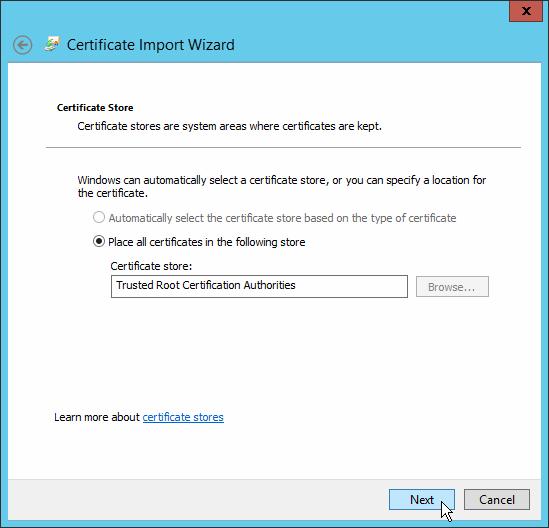

You’ll be asked for a few more items (shown below). If you enter '.', the field will be left blank.Įnter in your 2 letter country code. There are quite a few fields but you can leave some blankįor some fields there will be a default value, What you are about to enter is what is called a Distinguished Name or a DN. You are about to be asked to enter information that will be incorporated into your certificate request. Now you will be asked to verify it:Įnter your passphrase a second time and hit Enter. Write down this passphrase so you don’t forget it. ++++++Įnter in a pass phrase for decrypting your private server key, and press Enter. Loading 'screen' into random state - done

To execute this batch file, do the following: XAMPP provides a batch file for creating a new certificate/key with random encryption keys. If someone knows your key, they can decrypt your packets. XAMPP provides a default certificate/key that can be used, but it is better to create a new one since the default key is available to anyone who downloads XAMPP. In order to enable the encryption of your password, you must create an SSL certificiate (containing your public key) and a server private key. It’s also a good idea to import your certificates into any browsers on all machines that you plan to use to access your server, otherwise you’ll get a warning about an untrusted certificate authority.
#Xampp install ssl test certificate password#
There are 2 steps to this process, first we need to create SSL certificates, and then we need to make sure that the password protected pages are only accessed with encryption. It is a good idea to encrypt the transmission of these passwords.

If you don’t have encryption enabled on a password protected folder, the password will be sent in cleartext – meaning that it can be seen by anyone using a network sniffer.


 0 kommentar(er)
0 kommentar(er)
